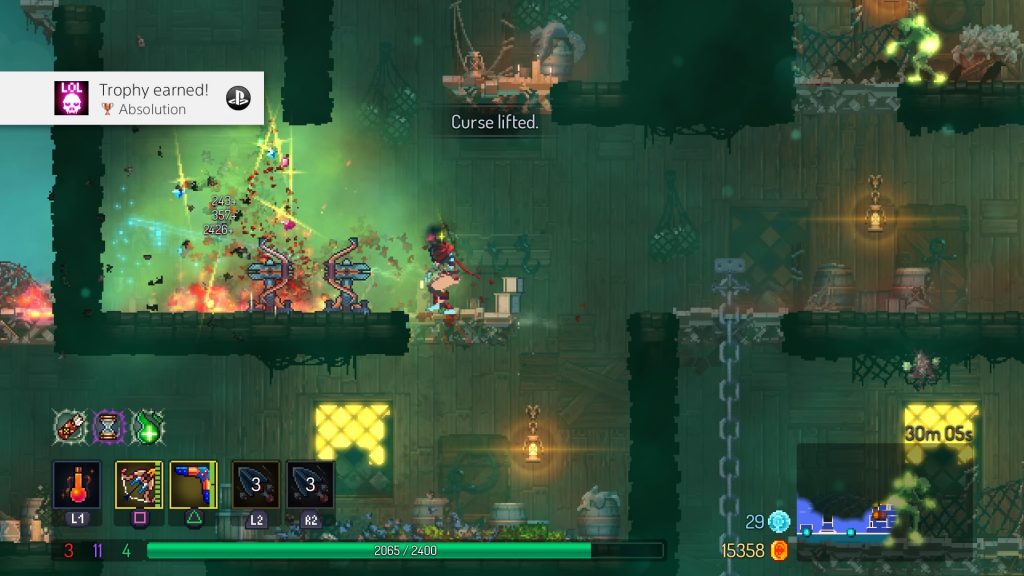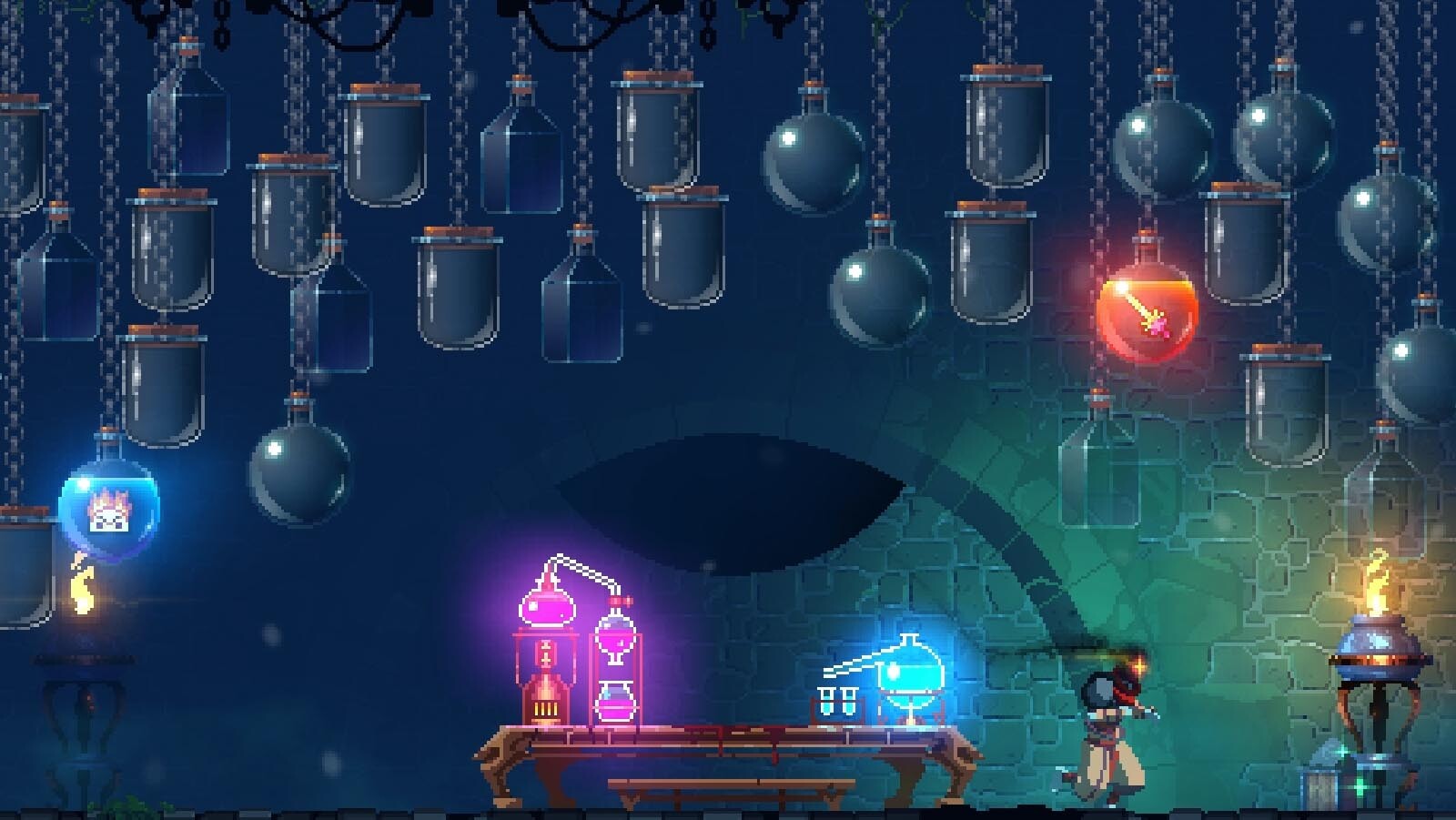
Soil is fractally scaled, which means its structure is consistent, regardless of magnification. The tiny clumps they build become the blocks the animals in the soil use to construct bigger labyrinths. Microbes make cements out of carbon, with which they stick mineral particles together, creating pores and passages through which water, oxygen and nutrients pass.

But it turns out to be a biological structure, built by living creatures to secure their survival, like a wasps’ nest or a beaver dam. Most people see it as a dull mass of ground-up rock and dead plants. That this thin cushion between rock and air can withstand all we throw at it and still support us is a dangerous beliefīut even more arresting than soil’s diversity and abundance is the question of what it actually is. After two hours examining a kilogram of soil, I realised I had seen more of the major branches of the animal kingdom than I would on a week’s safari in the Serengeti. It was a bristletail, or dipluran.Īs I worked my way through the lump, again and again I found animals whose existence, despite my degree in zoology and a lifetime immersed in natural history, had been unknown to me. I spotted something that might have stepped out of a Japanese anime: long and low, with two fine antennae at the front and two at the back, poised and sprung like a virile dragon or a flying horse. What I took to be a tiny white centipede turned out, when I looked it up, to be a different life form altogether, called a symphylid. Then I began to see creatures I had never encountered before. Round, crabby mites were everywhere: in some soils there are half a million in every square metre. I immediately saw springtails – tiny animals similar to insects – in dozens of shapes and sizes. As soon as I found the focal length, it burst into life.

When I first examined a lump of soil with a powerful lens, I could scarcely believe what I was seeing.


 0 kommentar(er)
0 kommentar(er)
